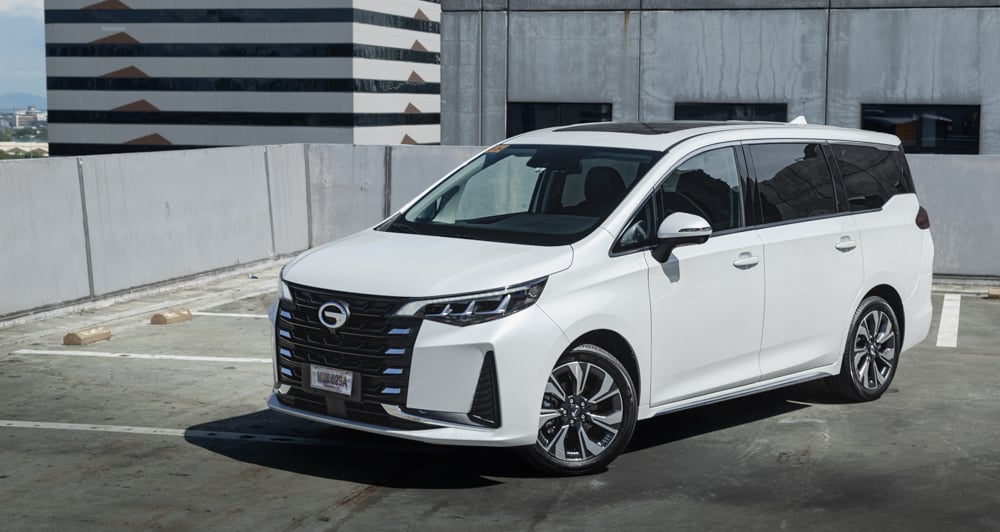
If this car looks familiar to you, that’s because this “new” GAC M6 Pro is what used to be the GN6. And while the car itself remains to be the same, the name change brings small but meaningful upgrades to GAC’s MPV contender.
The GN6 was launched back in 2021 with the GE trim being the sole variant on offer with a price tag of P1,480,000. This time around, the M6 Pro gets a more affordable GS variant (P1,230,000), and this spruced-up GL goes for P1,598,000.
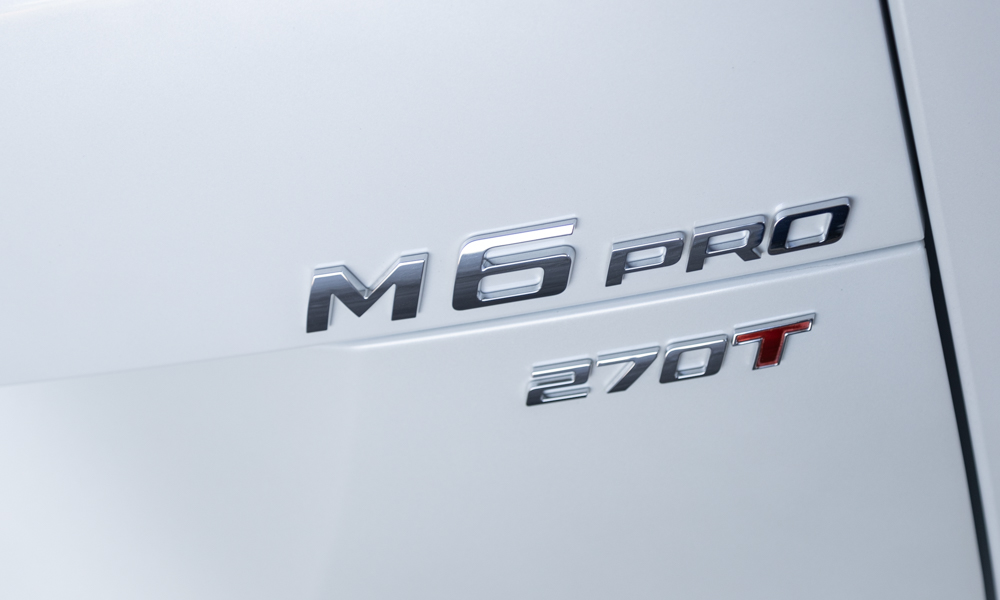
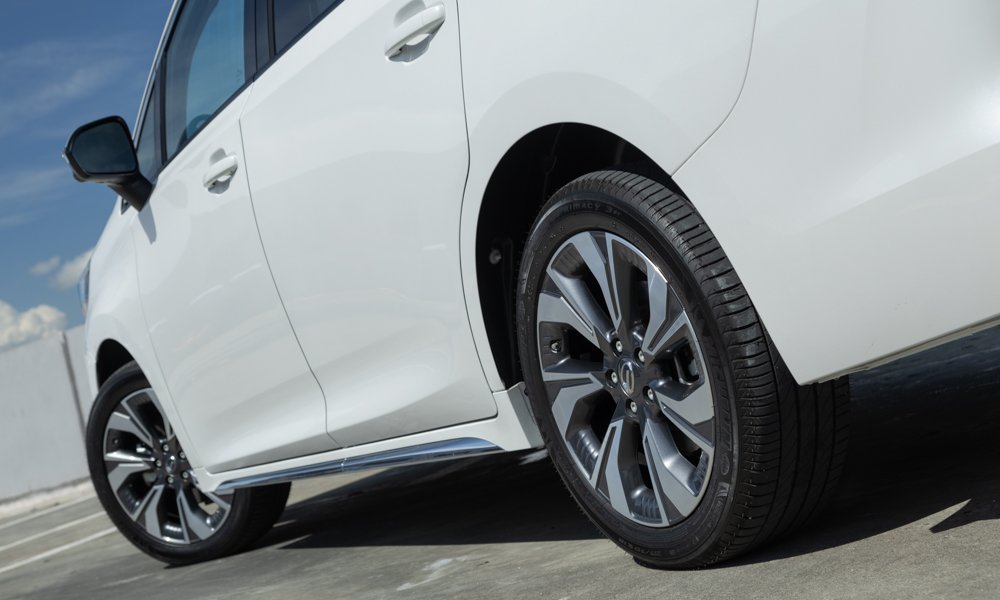
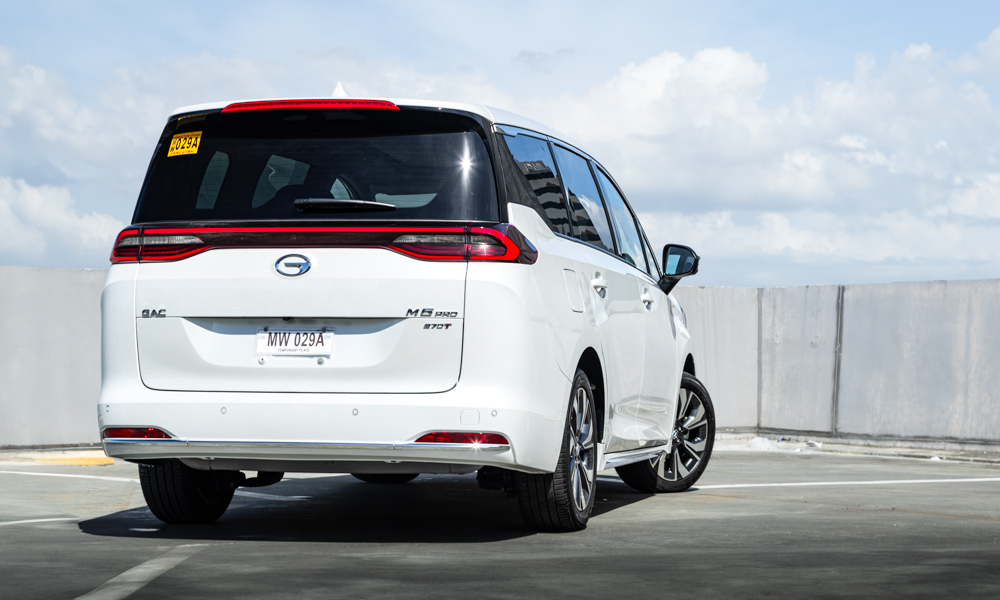
The M6 Pro gets a new front bumper with a revised grille and geometric trim pieces to modernize the look. Furthermore, chrome strips have been added to the running boards and the rear bumper of the GL, and it now rides on two-toned 18-inch wheels. Though very minor upgrades, they worked well to elevate the M6 Pro into an elegant minivan-like vehicle as compared to the GN6’s utilitarian MPV aesthetic.
The rest of the exterior is left unchanged, and the best way to describe the M6’s styling is inoffensive. It’s the polar opposite of GAC’s Emkoo and Emzoom, and it looks great. It’s not exactly dripping with sex appeal, but that’s not necessarily bad for an MPV you would use to ferry the kids to school.
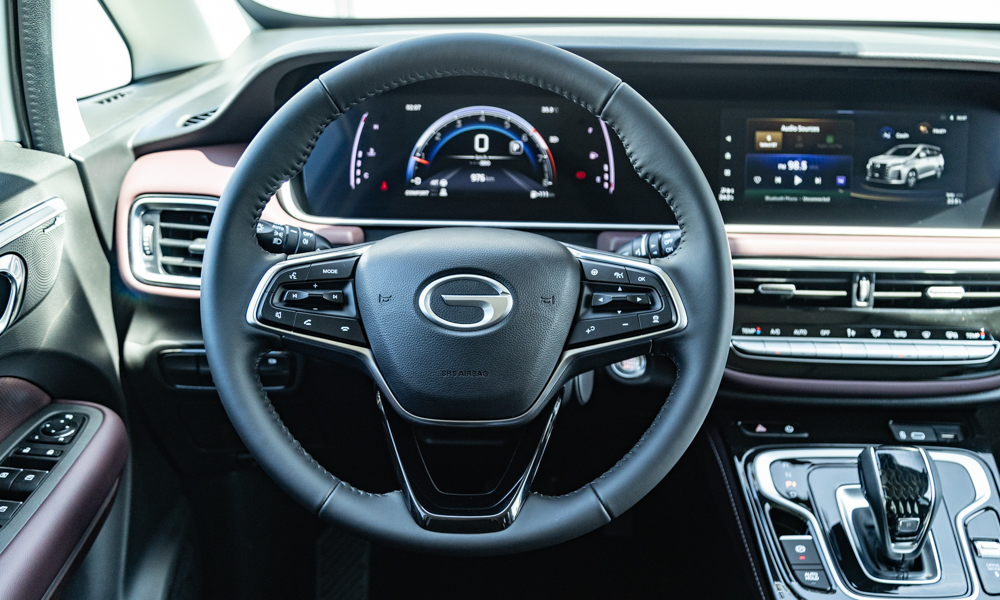
Stepping into the driver’s seat reveals a bit of an ergonomic mess.
The steering wheel is never quite in the right place due to the extreme rake, and it doesn’t help that the column is only capable of tilting a few degrees and isn’t able to telescope.
Adjusting the seating position around the steering wheel also results in never being perfectly comfortable with the pedal distance. Even the dummy pedal is too low. What’s worse is that the steering rack on the M6 Pro is very slow and vague, which exaggerates the difficulty that stems from not quite reaching the steering wheel.
The lumbar support on the seat itself could be better; the shifter is not comfortably reachable with your elbow on the armrest; and even the center screen is too far away from the driver. As a result, the M6 gets quite tiring for the driver after a few hours.
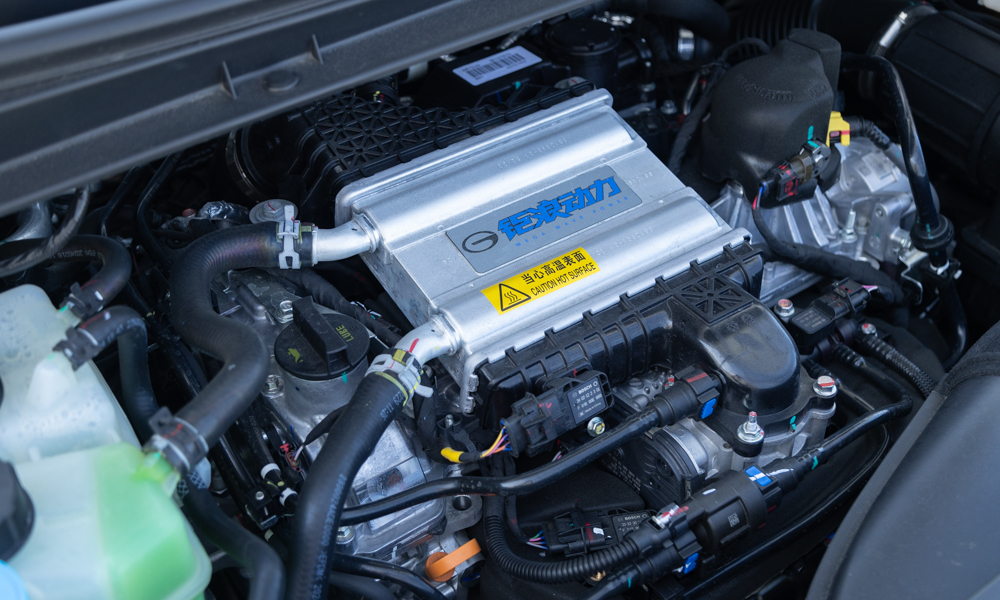
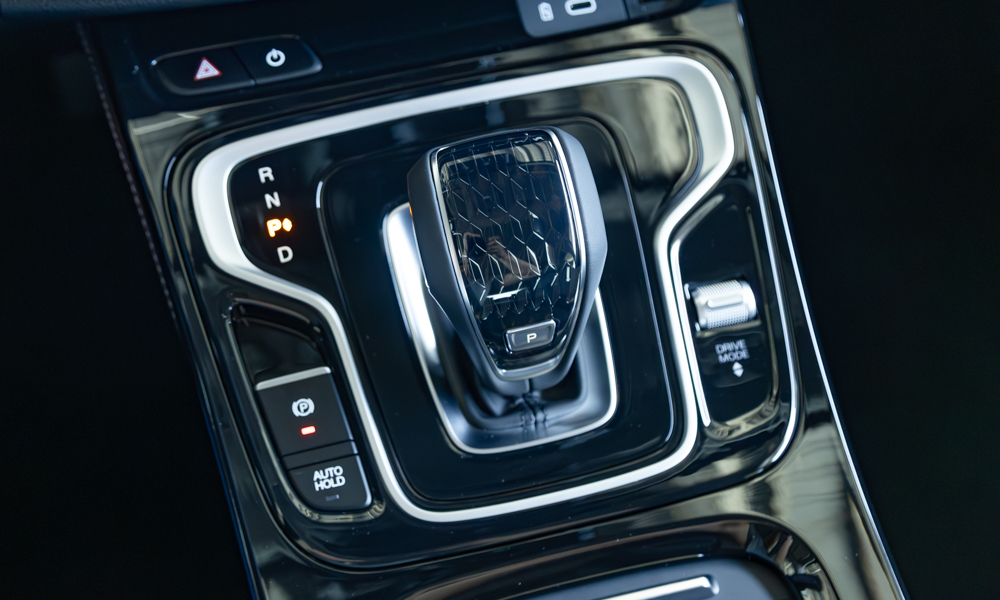
The M6 gets a slight power bump from the GN6, with the former getting 174hp up from the latter’s 170hp. There’s also an additional 5Nm (from 265Nm to 270Nm) on the M6, too, with a broader torque curve to go with it (1,700-4,000rpm on the GN6 versus 1,400-4,500rpm on the M6 Pro). GAC also ditched the old six-speed automatic in favor of a new seven-speed wet dual-clutch transmission.
All well and good. Sadly, though, the engine-and-tranny combo remains to be the weakest component of the M6. There’s plenty of lag to contend with.
Power delivery is choppy, and there’s an unsettling shake from the drivetrain under acceleration. The throttle response is slow, and the rev hang is literally terrifying. You don’t ever feel like you’re in absolute control of the vehicle because it never does what you ask when you ask it to. There’s always a slight delay.
The new WDCT is quick once you get it going, but it’s often caught napping. GAC did not bother to include manual controls for the transmission, so you are stuck with whatever the car decides to do for you.
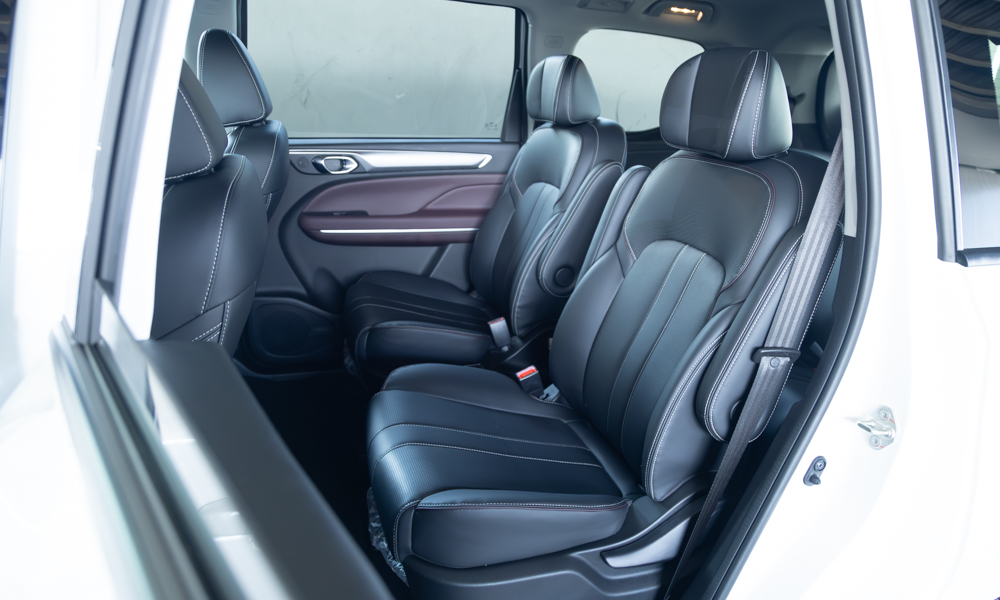
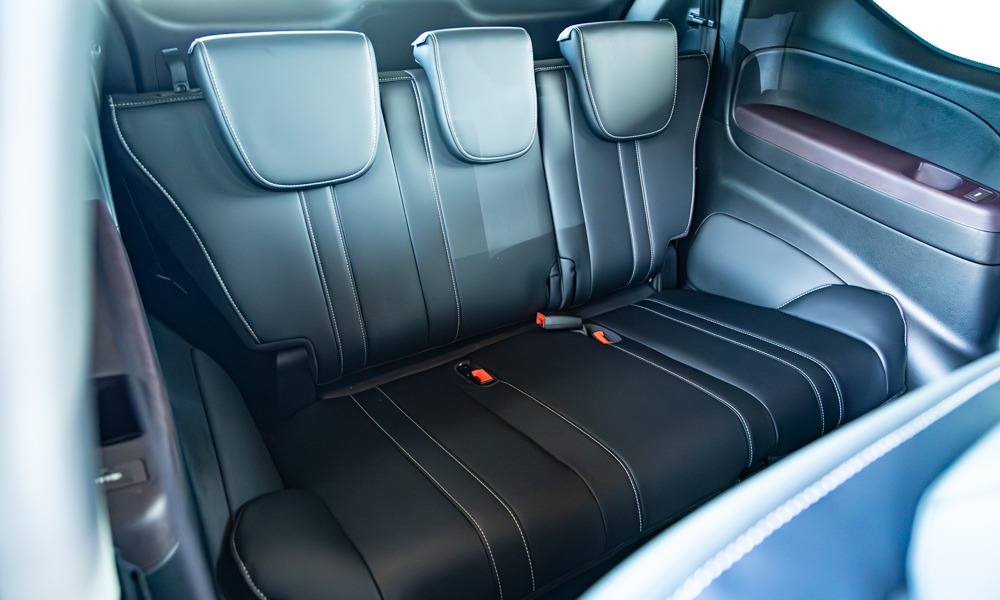
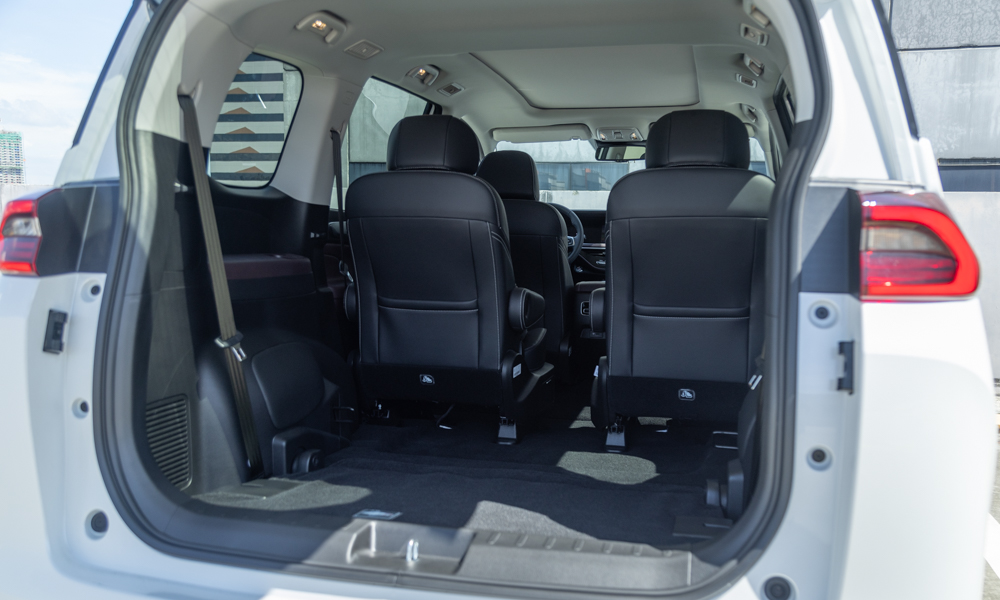
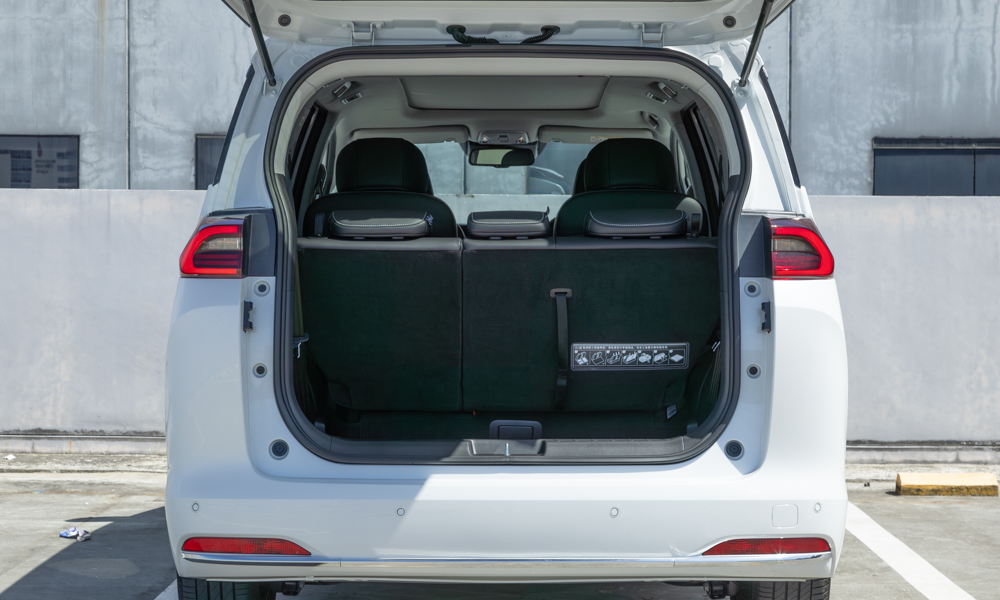
But no matter, no one will buy this for the experience behind the wheel anyway. What really matters is the rest of the car, and the M6 does manage to redeem itself here.
The M6 Pro is about the size of the Toyota Innova, giving it plenty of space for its passengers. This is a seven-seater MPV with two captain’s chairs in the middle and a three-person bench at the back.
You can sit behind front passengers who like to set the front seats at the end of their travel, and still have more than generous legroom. The third row is also pleasant enough for adults (even of my size) without compromising second-row legroom.
But the width of the third-row bench is more for two people than it is for three, making the M6 Pro more of a comfortable six-seater.
Cargo capacity is another impressive aspect of the M6. Because the third row folds flat into the floor just like those in more expensive minivans such as the Kia Carnival and the Toyota Sienna, the gap it leaves behind on the floor when the seats are deployed almost doubles the cargo area of the M6.
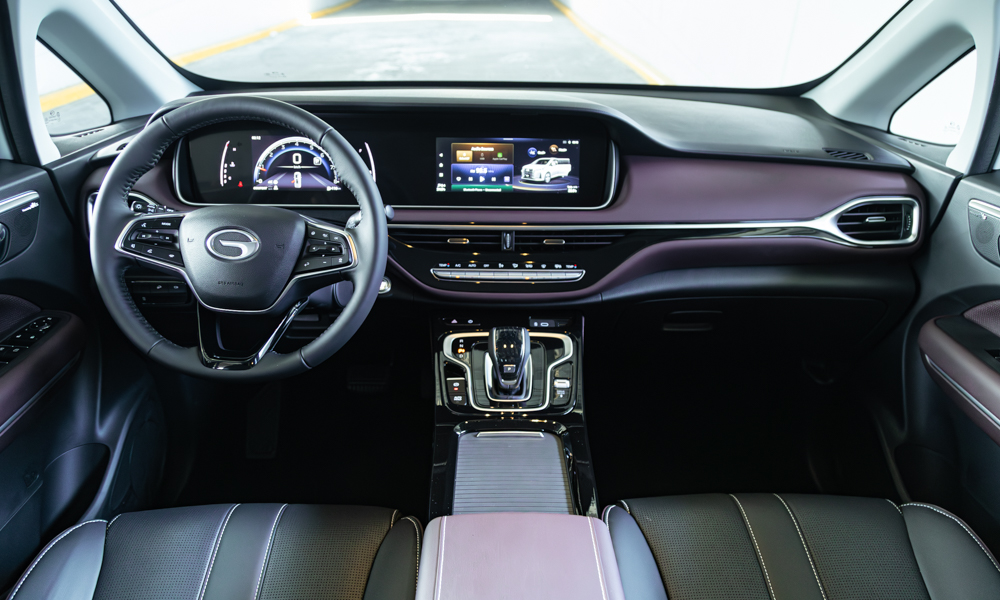
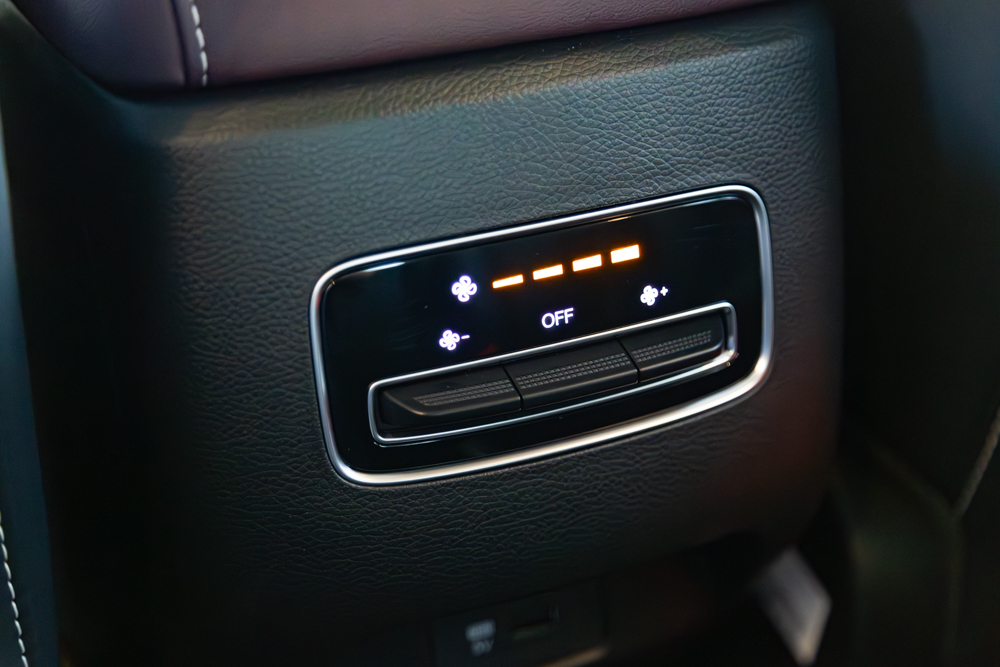
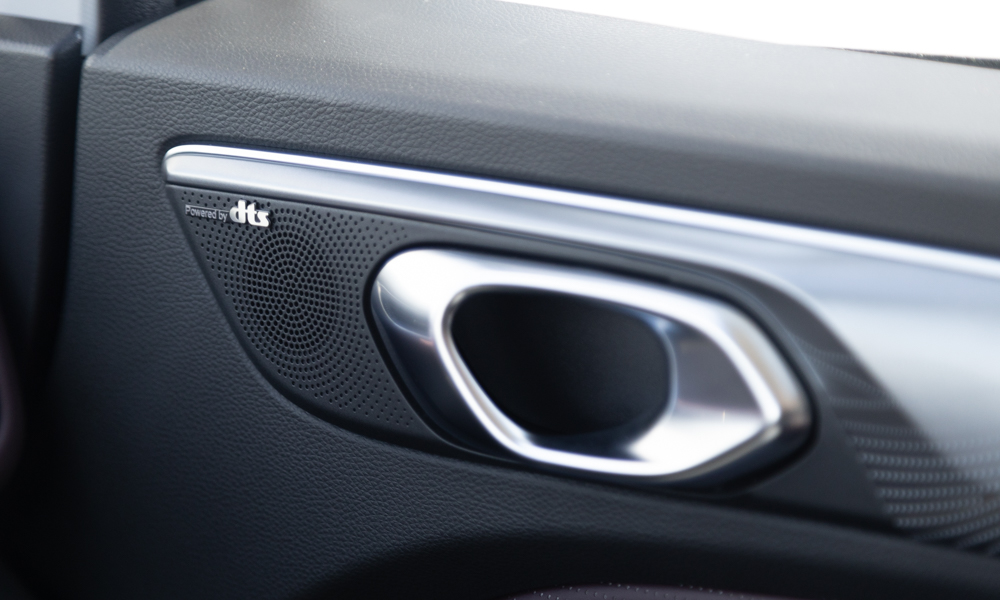
Interior materials are of decent quality, certainly some of the best you will see on a Chinese car. NVH levels are decent and capable of attenuating noise from outside, but do let in quite a bit of tire roar and underchassis clatter.
Moreover, chassis tuning is soft and pliable whether fully laden or not, giving the vehicle a comfortable and pleasant ride.
Active and passive electronic features make the M6 a terrific highway cruiser. Adaptive cruise control and lane-keeping assist will take the chore out of long-distance driving, and the wired Apple CarPlay connection will keep you entertained for hours. Unfortunately, there’s no Android Auto here.
Fuel economy in the city is about 6.8km/L, and highway cruising yields 11.7km/L.
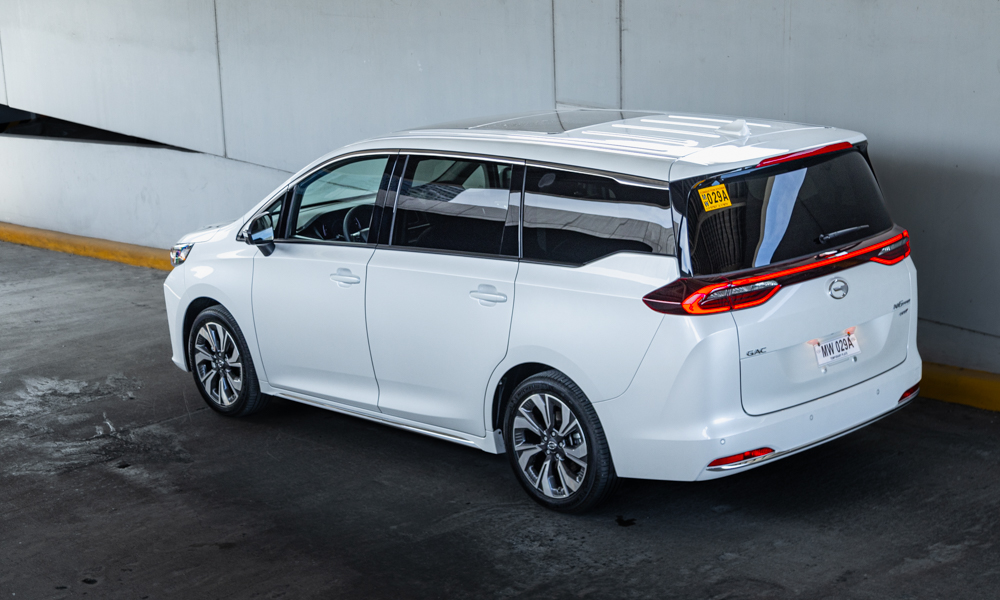
In isolation, the M6 Pro is great. It ticks all the boxes for an MPV, and hauling my family around in it for a week proved to be a great experience for everyone. With standard equipment such as Michelin tires all around and a Varta battery, it does seem to be good value.
But the M6 Pro GL has one big question mark hovering over it. At P1,598,000, the M6 Pro GL is priced at par with Japanese competitors.
Though it doesn’t have captain’s chairs, a good old ladder-frame diesel Toyota Innova G is P1,683,000, and a gas-powered Zenix V is even cheaper at P1,670,000. Both these cars can do most of what the M6 Pro does with the added benefit of a better powertrain and the renowned reliability of a Toyota.
Granted, the M6 Pro has a beefier spec sheet than the Toyotas do, but it’s still very close.
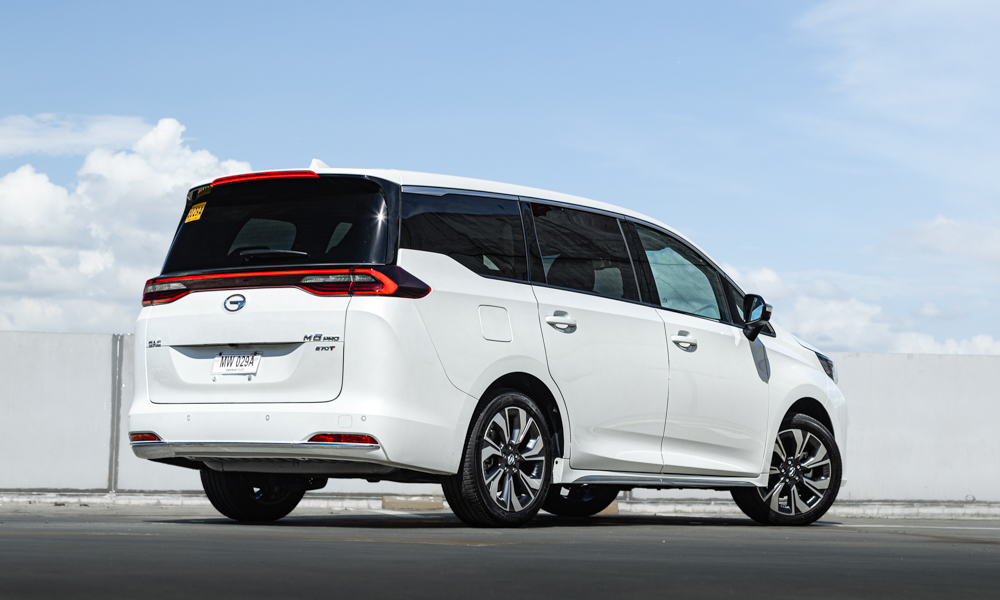
Also, over the course of a typical 48- or 60-month loan, a difference of P72,000-P85,000 won’t make a difference to your monthly payment, which means all three cars effectively cost the same. And the question becomes: Is the market ready to accept a Chinese-made vehicle as an equal to the Japanese?
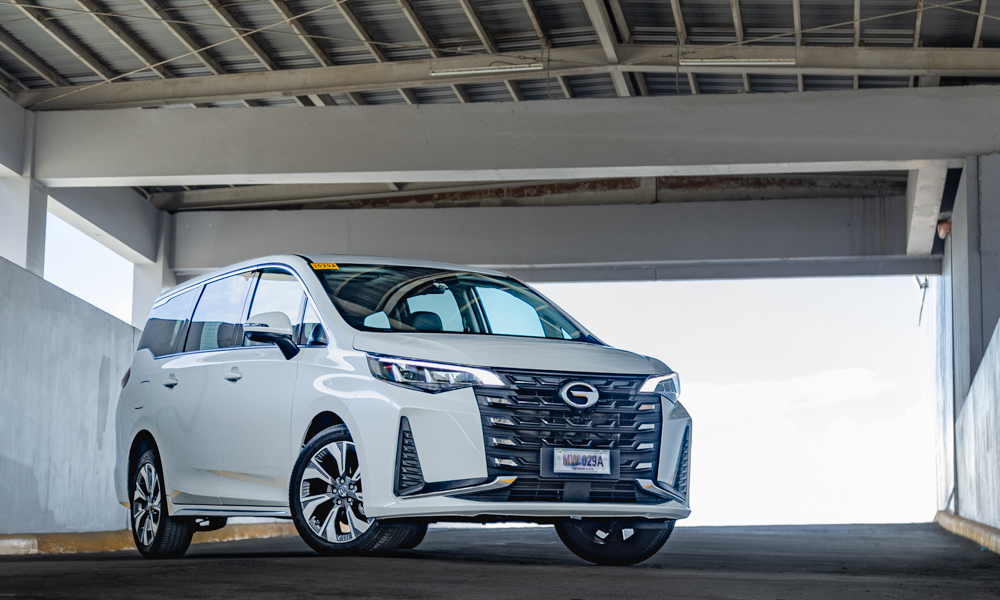
As a value proposition, the GS variant makes a lot more sense. At P1,230,000, it will make for a bigger, roomier alternative to a subcompact MPV such as the Honda BR-V or the Hyundai Stargazer.
The M6 Pro has its merits, for sure. But for the price, I just don’t see who it’s for.
NOTE: We removed the part where we mentioned another Chinese vehicle in the spirit of fairness. As the author said, we haven’t tested that model in its new guise as a rebranded model.
GAC M6 PRO GL
| Engine | 1.5-liter four-cylinder turbo gasoline |
| Transmission | 7-speed wet dual-clutch |
| Power | 174hp @ 5,500rpm |
| Torque | 270Nm @ 1,400-4,500rpm |
| Dimensions | 4,793mm x 1,837mm x 1,730mm |
| Drive layout | FWD |
| Seating | 7 |
| Price | P1,598,000 |
| Upside | Comfortable and extremely spacious. Clean styling is a plus. |
| Downside | The engine and the transmission let the rest of the car down. Pricier than its compatriots. |

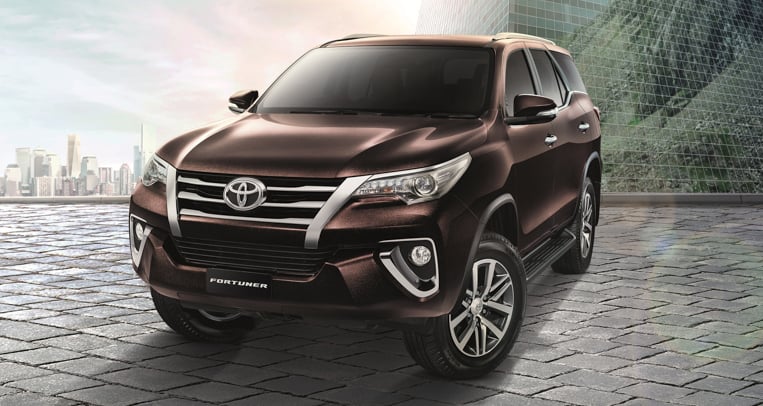
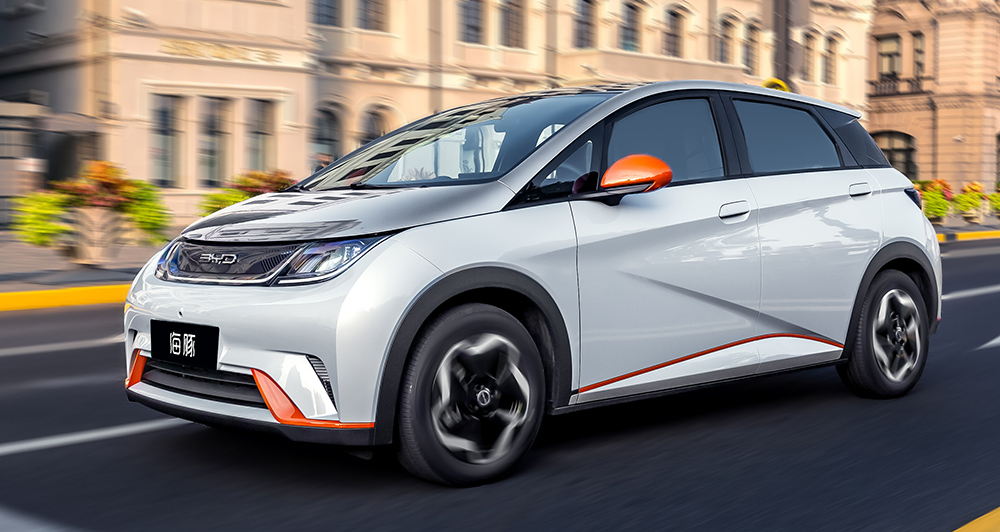
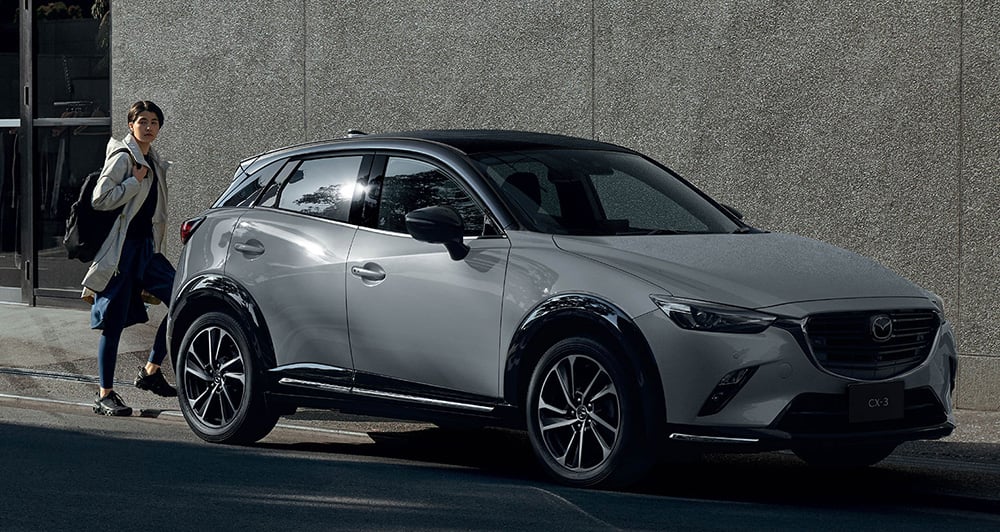
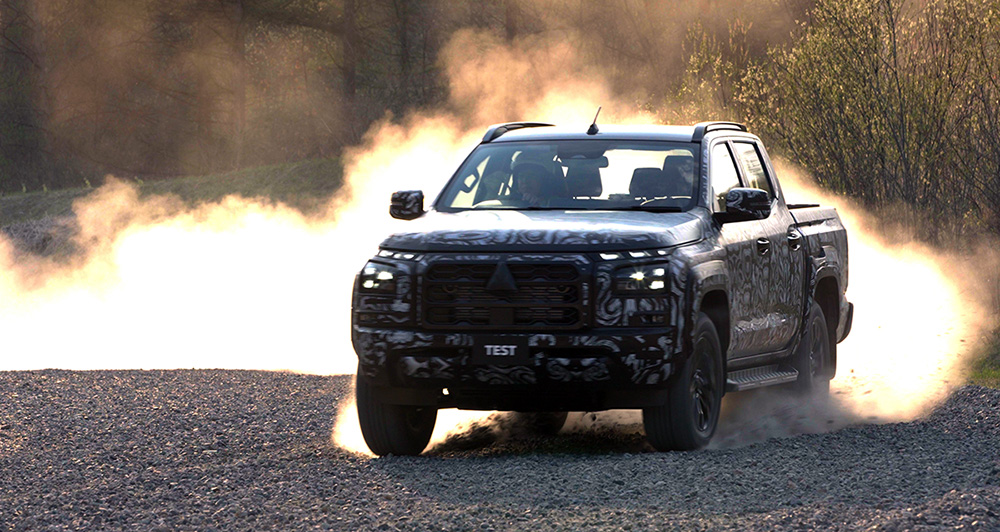
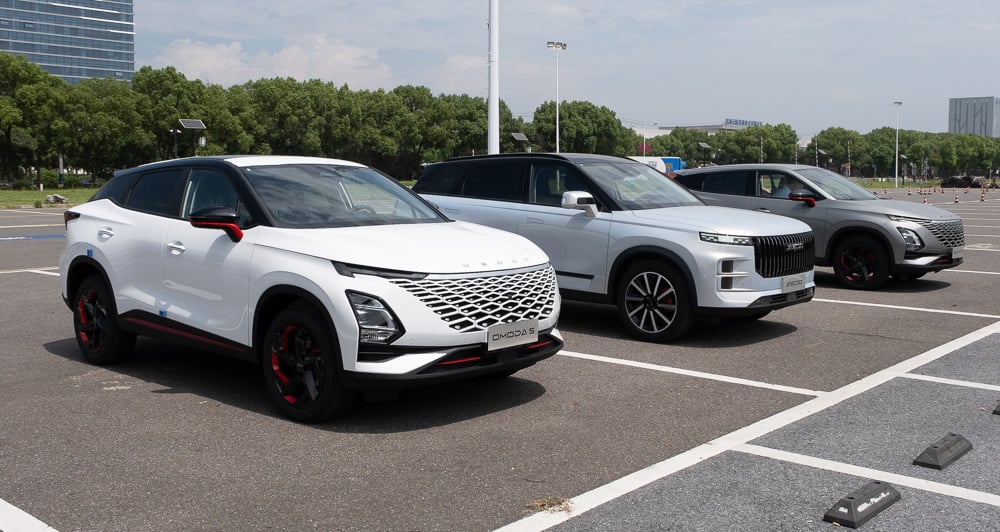

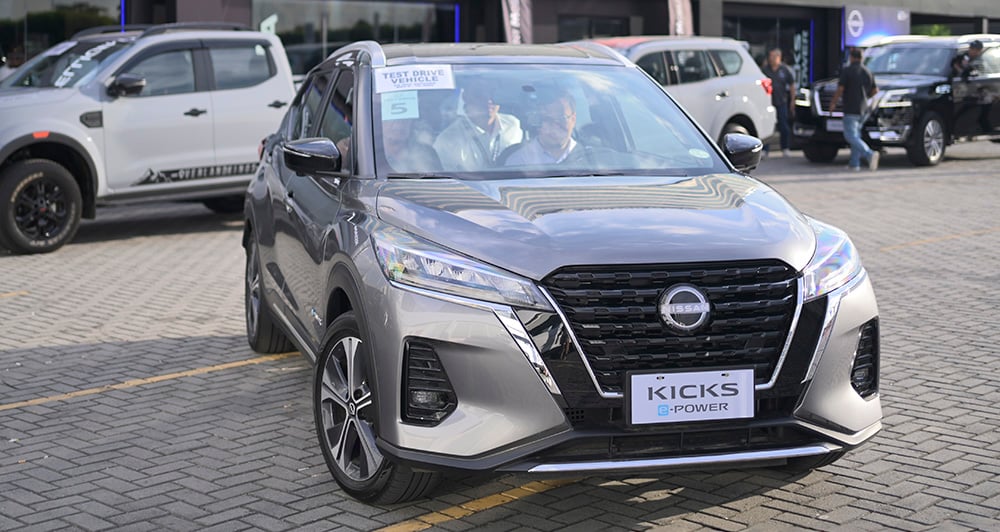
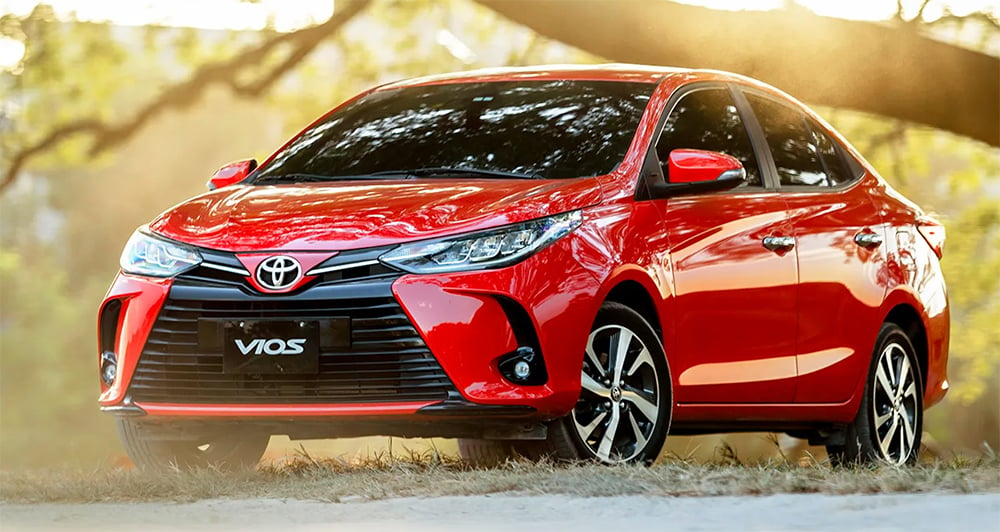
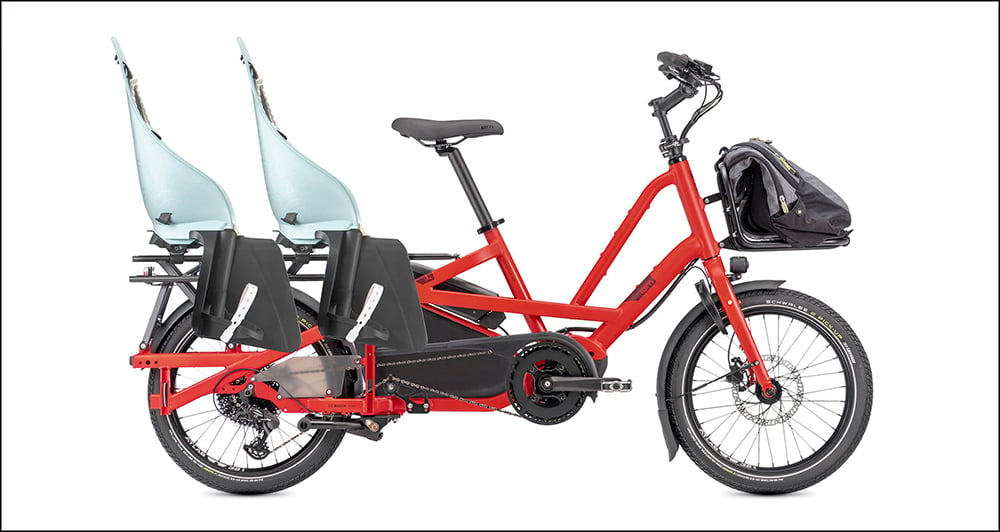

Comments